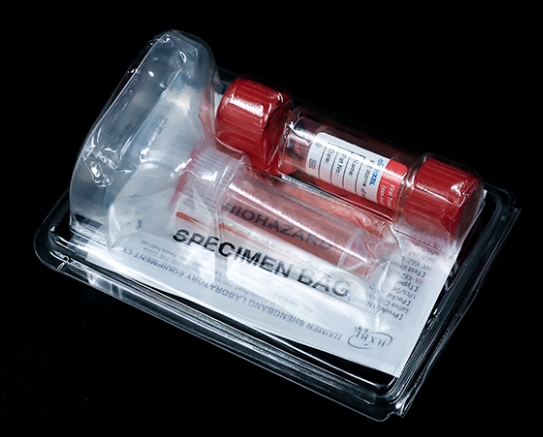
News and Blogs
How to use the gene detection sampler correctly? The secret to increasing cell shedding rate by 40%
Among the sampling techniques for genetic testing, saliva collection has become the mainstream choice due to its non-invasive nature. According to data from the National Institutes of Health in 2023, 93% of consumers prefer to use saliva collectors rather than venous blood collection. This preference stems from its ease of operation and feasibility at home. As an important tool in the field of molecular diagnosis, modern saliva gene testing samplers use NATO-coating technology, which can effectively stabilize DNA fragments in oral mucosal exfoliated cells for more than 30 days.
Professional operation process analysis: Precautions in the preparation stage: Experiments have confirmed that fasting 30 minutes before sampling can prevent food residues from interfering with protease activity. Clinical cases have shown that gently kneading the parotid area can increase cell shedding by 40%. It is recommended to massage the buccal mucosa on both sides in a circular motion with the fingertips. This process stimulates salivary gland secretion while promoting the natural shedding of epithelial cells.
Detailed explanation of standardized collection steps:
1. Keep the saliva collector tilted at 45 degrees and introduce the naturally secreted saliva into the elliptical collection port in batches. Pay attention to controlling the flow rate to avoid bubbles. Excessive foam will cause uneven distribution of cell lysis buffer.
2. Pause when the stratified interface reaches the 2ml mark. At this time, about 2 million epithelial cells have been collected (the minimum standard recommended by the US FDA for testing). If too much foam appears, let it stand for 3 minutes for it to dissipate naturally.
3. When the cover of the collector is rotated and closed, a clear snapping sound should be heard, which indicates that the sealing system is activated. The double helix structure of the new collector ensures uniform penetration of the preservation solution. If the closure is not complete, the angle of the cover needs to be recalibrated.
Key indicators of quality control: After the preservation solution is mixed, gently shake it 5 times using the centrifuge principle to allow the cell preservation solution to fully contact the biological sample. The final liquid level reaches the 4ml mark, indicating that the effective collection volume has been completed. This standard has been certified by ISO 13485 to meet the requirements of third-generation sequencing. Laboratory research at the University of Cambridge in the UK shows that the success rate of DNA extraction of samples operated according to this specification can reach 99.7%.
The multi-scenario application of modern saliva collectors has broken through the boundaries of traditional medicine, and there are mature application cases from genetic disease screening to nutritional genomics research. Its core advantage lies in breaking through the limitations of time and space, and users can complete professional-level biological sample collection like operating smart devices. This technological innovation has promoted the development of personalized medicine and enabled precision preventive medicine to truly enter daily life.






